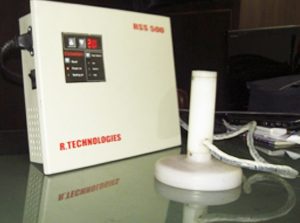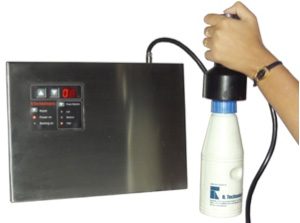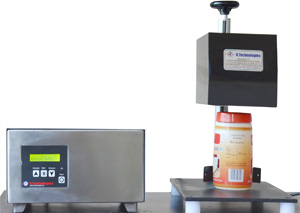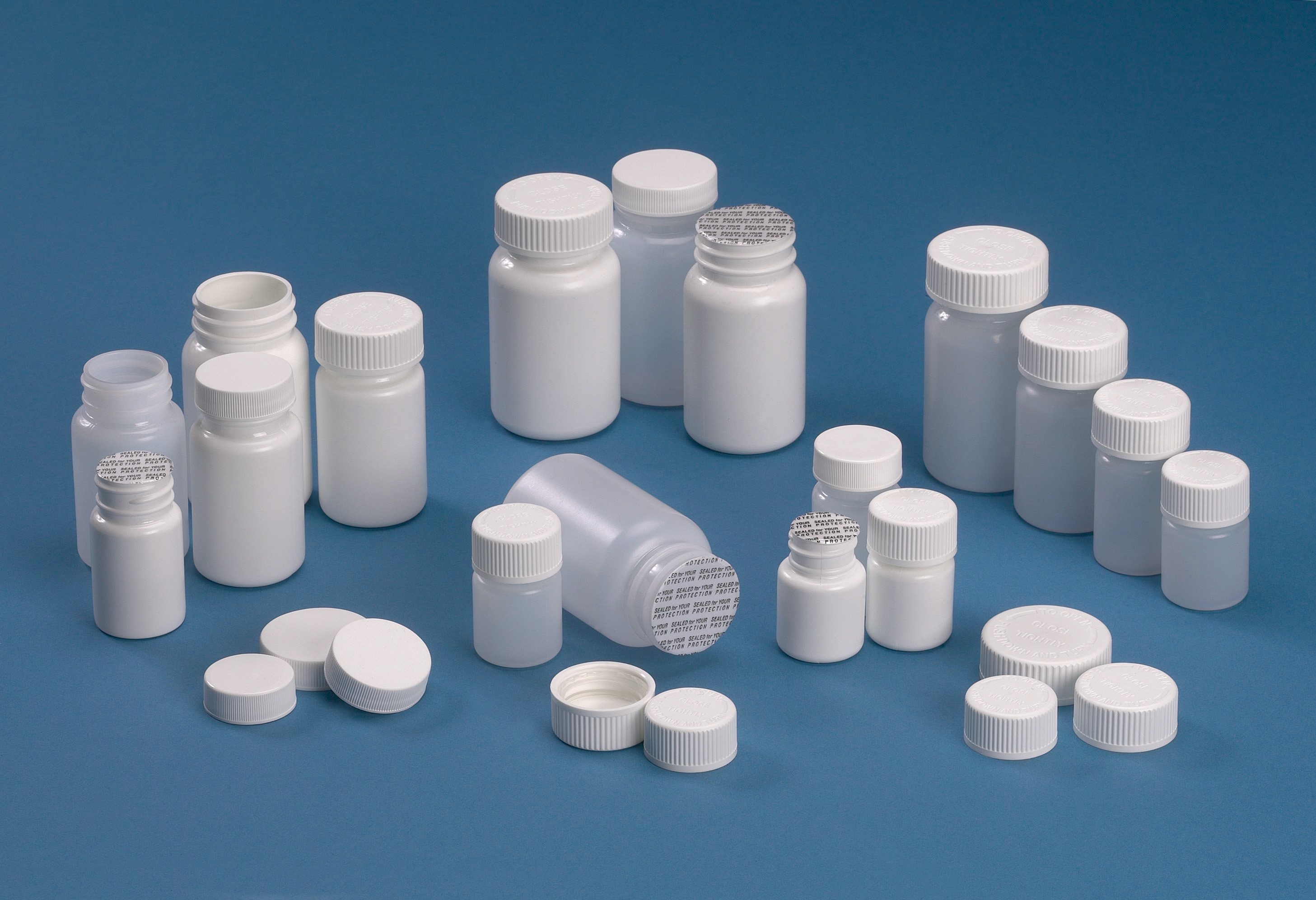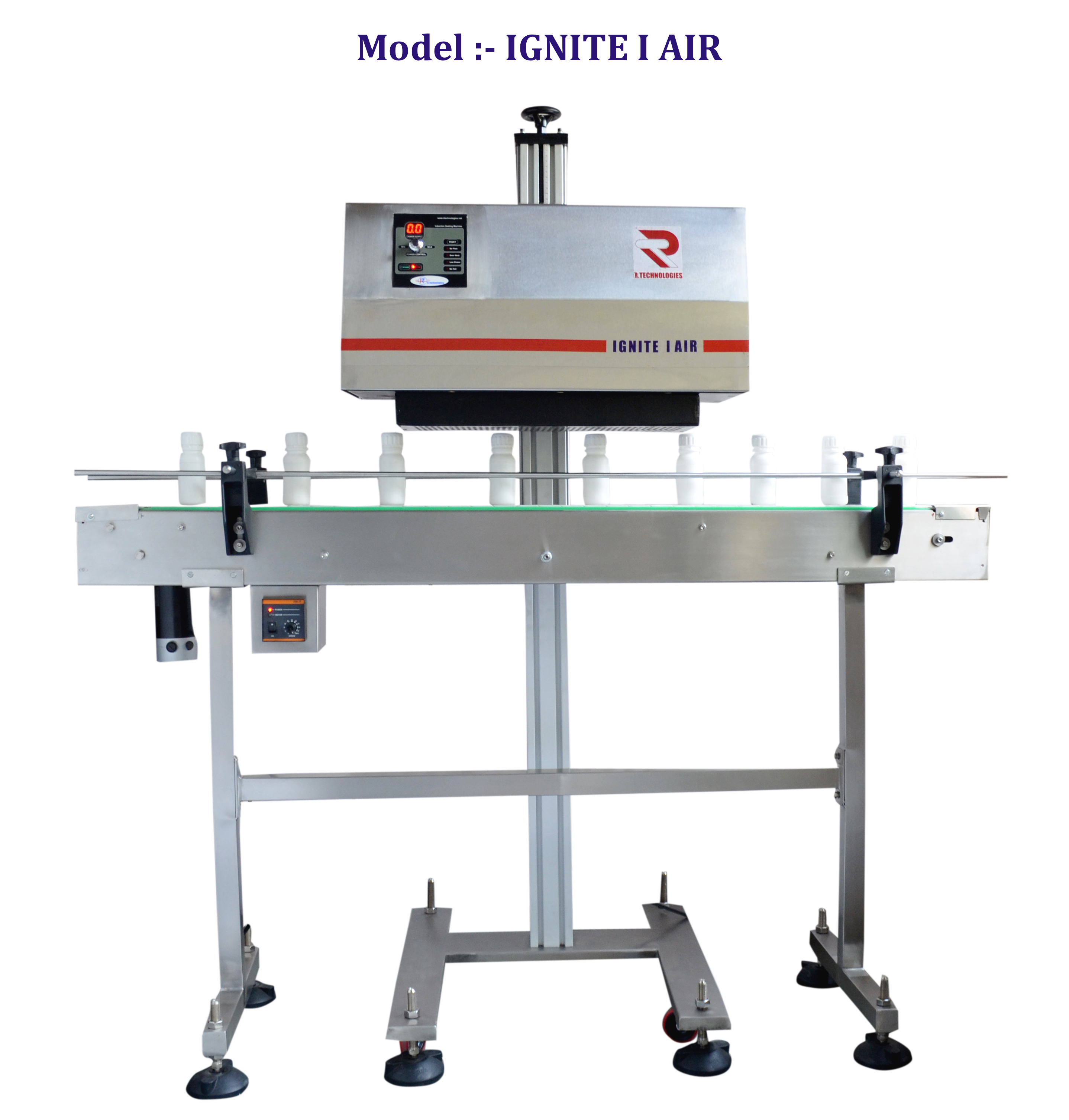Finding the appropriate cap sealer for your application may be more complicated than you think. With the launch of numerous new models in recent years, you now have more options than ever before. And your options aren’t restricted to the power source and sealing head of the cap sealer. New features and options can increase the value and productivity of your investment.
R Technologies takes excellent pleasure in providing the industry with the most comprehensive range of power supply, sealing heads, and performance improvement solutions. More options imply a better capacity to tailor a sealing solution to your present and projected future requirements. It also means that you are not limited to a one-size-fits-all solution.
With R Technologies’ product portfolio, you can make the best decision for you. After all, it would help if you didn’t have to pay extra for things that you won’t use. And you surely don’t want to settle for a system that lacks helpful functionality.
Selecting the right cap sealer
So, what are some of your R Technologies options? The first step is to determine your needs in terms of line speed and cap/container combinations. R Technologies’ application experts can assist you in selecting the power supply and sealing head, or heads, best maximize your system’s performance. Our specialists have been educated to evaluate both your current and future demands.
Selecting the right options
In some instances, a simple cap sealer is all that is necessary. Other businesses enjoy the extra quality control that an inspection and rejection system provides. R Technologies provides an integrated solution that is simple to install and maintain for these clients. Advanced users, such as pharmaceutical firms, choose the R Technologies Assists cap sealer, which, among other advantages, has an inspection system as standard.
Some pharmaceutical firms may decide to invest in R Technologies’ validation package. The validation package includes all of the protocol documentation required for packagers to validate their cap sealing process. This is perfect for businesses who want to have their cap sealer in a line control system. An improved operator interface and the ability to remotely manage and monitor your cap sealer operation are other new features.
Guarantee
R Technologies stands behind its goods and guarantees their success. We can do so because of our years of expertise in accurately estimating and constructing bespoke systems for nearly every application conceivable. R Technologies has produced applications that other firms stated couldn’t be done, ranging from two-headed containers to capless containers.
R Technologies’ product portfolio expands to meet your changing demands. On all system upgrades, R Technologies welcomes trade-ins. This way, you’ll always have the most up-to-date technology at your disposal.
If you have a query about system choices or are considering purchasing a new induction cap sealer machine, please contact us immediately for a free application review. We can test your items in our lab and provide you with a solution that meets your requirements.

